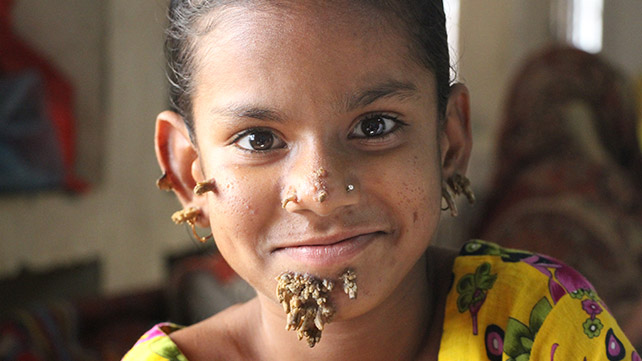Top 10 Rarest Diseases in the World. Rare diseases are those that only affect a very small proportion of the total population of the world, and researchers are having a hard time figuring out what causes them and how to treat them.
The majority of uncommon diseases are inherited, and many of them manifest in childhood or early adulthood.
Although awareness may be an issue, Rare Disease Day is recognized on the final day of February in the United States, Canada, and Europe.
This day was created to bring attention to the issue. Continue reading to get a list of some of the rarest diseases in the world that we have compiled.
Top 10 Rarest Diseases in the World 2024
1. Hutchinson-Gilford Progeria Syndrome (HGPS)
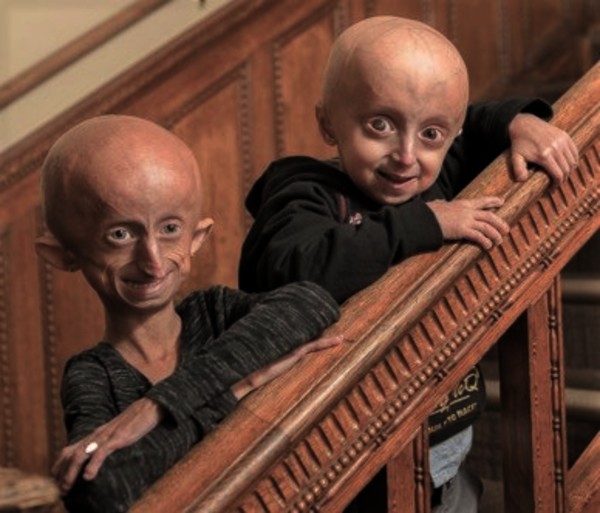
- Awareness: There are various research organizations around the world and the Hats On/Jeans Day for Progeria awareness program is based in Peabody, MA for organizing fundraisers.
- Discovery: There are different forms of Progeria, however, the classic form is called Hutchinson-Gilford Progeria Syndrome, named after 2 English doctors who first described it: Dr. Jonathan Hutchinson in 1886 and Dr. Hastings Gilford in 1897.
- Treatment: The cancer medicine lonafarnib was used in trials, indicating improvements such as weight increase, enhanced hearing, bone structure, and flexibility of blood vessels; however, there is currently no cure for progeria. Lonafarnib was used in treatment.
Baldness, big heads with small faces, limited motion, hardening of the arteries, development delays, hip dislocations, and other severe symptoms are some of the symptoms of this condition.
This condition, which is more commonly referred to by its common name, progeria, is brought on by a lethal genetic mutation that causes premature aging that starts in childhood.
The normal life expectancy is 13 years, but there have been roughly 100 reported cases of patients living into their thirties despite having the condition.
2. Kuru
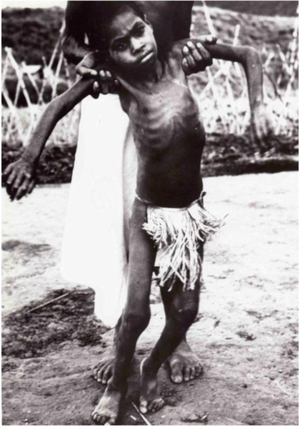
- Awareness: There’s no known Kuru awareness group or dedicated day.
- Discovery: Occurring at epidemic levels in the ’50s and ’60s, it was eventually discovered by Daniel Carleton Gajdusek, whose research won him the 1976 Nobel Prize in Physiology or Medicine.
- Treatment: There’s no treatment for Kuru, other than the preventative measure of not committing cannibalism.
- Symptoms: Tremors and muscle jerks (Kuru is the Fore tribe’s word for ‘shiver’), headaches and arm and leg pain, difficulty walking and swallowing, and progressive and severe coordination problems.
Patients go through the various stages of Kuru’s illness.
The Kuru disease is caused by prions, which are proteins that induce the build-up of aberrant brain tissue that ultimately results in irreparable brain damage.
This disease was only discovered in a remote part of New Guinea among the Fore tribe and is closely connected to mad cow disease.
Consuming human brains that are infected with the disease is the only known way to contract this disease, which has a 100% fatality rate.
Before the 1950s, members of the Fore tribes engaged in cannibalism as a means of appeasing the spirits of the departed, but this practice is now illegal.
3. Fibrodysplasia ossificans progressive – Stoneman’s Disease
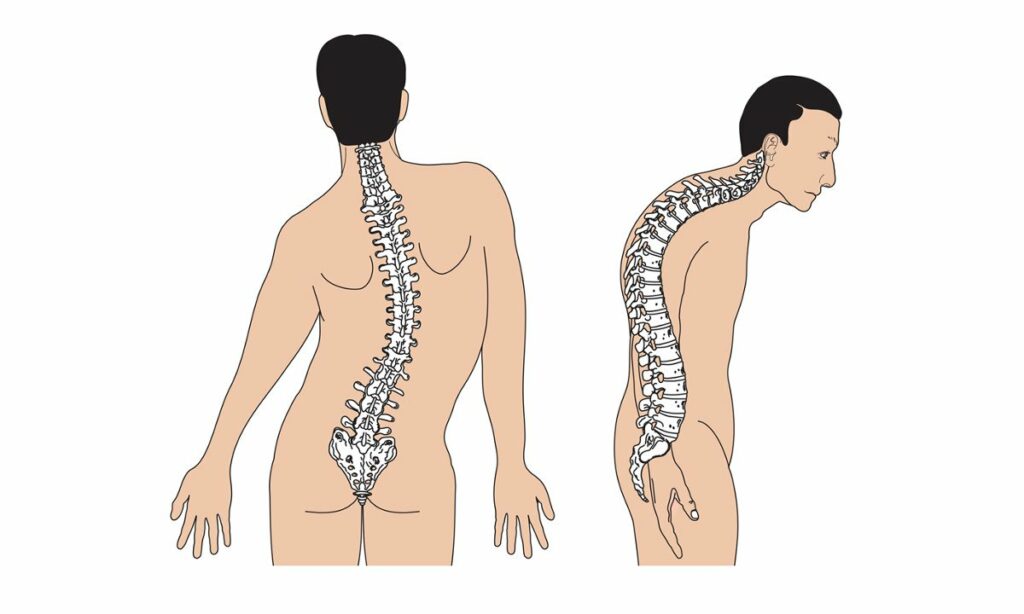
- Awareness: April 23rd is FOP Awareness Day, hosted by The International FOP Association (IFOPA).
- Discovery: The late Dr. Victor McKusick of Johns Hopkins University School of Medicine officially named the disease in the 1970s.
- Treatment: No known cure. If surgically removed, the body creates even more bone growth in the area.
- Symptoms: Malformation of the big toe in newborns, painful fibrous nodules/tumor-like swellings, over the neck, back, and shoulders, joint stiffness, low-grade fever, muscles replaced by bone tissue.
Stoneman’s Disease, often referred to as FOP, is an exceedingly uncommon condition that is brought on by a mutation in the body’s healing mechanism.
This mutation causes muscles, ligaments, and tendons to stiffen spontaneously (or after fibrous tissues have been damaged), which ultimately results in joints that are permanently frozen.
It is recommended that you read about Jeannie Peeper, a woman who was born in 1958 with FOP. Her tale is fascinating.
4. Morgellons

- Awareness: According to The Charles E. Holman Morgellons Disease Foundation, February is Morgellons awareness month.
- Discovery: Early 2000’s
- Treatment: Therapy and topical treatment of the skin conditions, along with treatment for mental health issues such as depression and anxiety.
- Symptoms: Itchiness, crawling, stinging, and biting sensations, black hairs, threads or specks on or under the skin, Rashes and sores, Memory loss and confusion, and changes in vision.
Dr. Ettmuller’s interpretation of what he calls the “Organisms” of Morgellons, as shown on the JAMA Network
Morgellons is an undiagnosed skin condition that has been linked to psychosomatic origins by some medical professionals.
Symptoms of Morgellons include the appearance of black hairs or unusual fibers on or under the skin, in addition to painful skin sensations.
Although the illness is thought to be caused by issues relating to anxiety and psychological abnormalities, there are subcultures, such as those who are interested in aliens and UFOs, that hold the belief that it is associated with activity from extraterrestrial sources.
In France, in the 1600s, an unrelated ailment associated with black hairs was initially recorded for the first time.
In 2001, a mother from Pennsylvania gave the disease its name after discovering that her young son suffered from the condition.
However, doctors came to believe that she herself was suffering from a condition known as Munchausen Syndrome by Proxy, in which the parents fake illnesses in their children to gain attention from medical practitioners. In this case, the mother named the disease after discovering that her young son suffered from the condition.
5. Methemoglobinemia

- Awareness: There is no known awareness day or organization, however, there’s an ongoing study conducted by metHb.
- Discovery: 1943
- Treatment: Supplemental oxygen and a drug called Methylene blue, which restores the iron in hemoglobin to its normal oxygen-carrying state
- Symptoms: Blueish colorization of the skin, shortness of breath, headaches and dizziness, loss of hairlines, changes in mental status, fatigue and exercise intolerance, anemia, cardiovascular and lung disease, bacteria and toxins in the tissues, seizures, and Coma
Methemoglobinemia, also known as blue skin disorder, is a condition that arises when an abnormally high level of methemoglobin disrupts the normal interactions between oxygen and ferric iron in the blood.
This results in a decreased ability of red blood cells to transfer oxygen to the tissues, which in turn can lead to seizures, abnormalities in the heart, and even death at an earlier age.
It wasn’t until it was revealed that a family in Kentucky had passed on the genetic features during their 200-year history that methemoglobinemia became popular.
The first case of methemoglobinemia was reported in the UK in 1943 when two members of a family were diagnosed with the ailment.
However, it was made famous when it was discovered that a family in Kentucky had passed on genetic traits.
6. Microcephaly
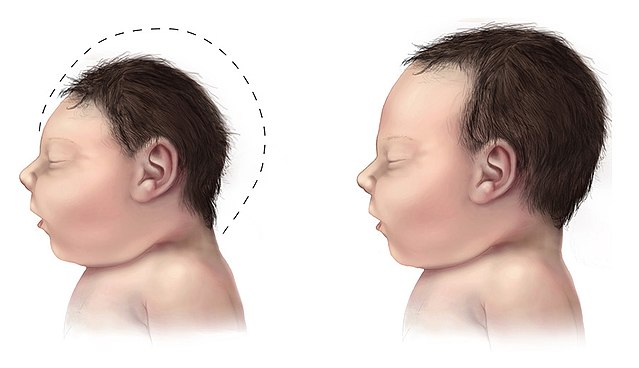
- Awareness: September 30th is Microcephaly Awareness Day.
- Discovery: 2002
- Treatment: There are no treatments to correct the head size and there is no cure, however, some individuals can grow normally and develop intelligence. Treating the symptoms with therapy can be helpful.
- Symptoms: Reduced life expectancy, neurological defects, reduced head size, dwarfism, delayed speech, hyperactivity, seizures and convulsions, impaired motor ability, and clumsiness
This medical issue can affect sufferers from birth or develop within the first few years of their life. It is caused by under-development of the brain, which leads to reduced head size and atypical facial features, with the severity varying from person to person.
Microcephaly can cause a variety of symptoms and conditions in those who have it, including intellectual disability, seizure disorder, poor motor function, and difficulty communicating.
People who suffered from this illness were given the nickname “Pinheads” and were sometimes put on display in freak shows throughout the 19th and early 20th centuries.
An international group of researchers made the formal discovery of the genetic etiology of microcephaly in the year 2002.
However, the condition may be traced back to Ancient Egypt, where a renowned dwarf was reported who might have been a sufferer.
7. Parry–Romberg syndrome

- Awareness: There’s no known awareness day or month for this condition, although there’s a foundation called The Romberg’s Connection, which is an international support group.
- Discovery: PRS was first mentioned in 1825 by Caleb Hillier Parry in his medical writings and Moritz Heinrich Romberg described it a second time in 1846.
- Treatment: Immunosuppressive drugs may help as well as skin, fat, and tissue grafts, although in some cases the condition reverses and suddenly ceases.
- Symptoms: Atrophy of the skin and connective tissues, usually on the face, hair loss, scarring, reduction of pigmentation in the skin, severe tissue pain, migraines, the recession of the eye orbit, and visual abnormalities such as drooping eyelids, nausea, and vomiting, decreased swelling at the site, dental abnormalities
The Parry-Romberg syndrome, which is sometimes referred to as progressive hemifacial atrophy, is a condition that manifests itself in girls under the age of 15 and causes random parts of the skin to appear to wither away or deteriorate.
This condition affects approximately 400,000 people in every million, and its root cause is still unknown to medical professionals.
8 . Epidermodysplasia verruciformis
- Awareness: There is no known awareness day or organization, although there are a few support groups.
- Discovery: Felix Lewandowsky and Wilhelm Lutz were the physicians who first documented EV in 1922, calling it Lewandowsky–Lutz dysplasia.
- Treatment: There is no successful cure for EV and while surgery can remove the growths, they do grow back.
- Symptoms: High risk of skin cancer, flat wart-like papules, scaly growths, lesions, and tumors.
Epidermodysplasia verruciformis, also known as Treeman syndrome, is a hereditary skin illness that is characterized by an increased sensitivity to human papillomaviruses or warts on the skin. Treeman syndrome is also known as epidermodysplasia verruciformis.
Scaly growths on the hands and feet are the result of these uncontrolled infections, and they can arise anywhere between the ages of one and twenty, although they can also appear in middle age. It is hypothesized that a malfunction in the mechanisms that control the distribution of zinc contributed to this genetic mutation.
9. RPI Deficiency
- Awareness: There is no known awareness day or organization for this condition.
- Discovery: 1999
- Treatment: There are currently no treatments for this condition.
- Symptoms: Damage to the optic nerves and involuntary eye movements, seizures, spasticity and developmental delays, balance and mobility problems, slowing of thought and speech
Only three persons in history have been documented as having a ribose-5-phosphate isomerase deficit, making RPI deficit an extremely rare condition.
This indicates that they have diffuse white matter abnormalities that affect the largest and deepest portions of the brain, as well as developmental delays and psychomotor regression. In addition, they have these symptoms.
In 1999, doctors examined a kid who was 14 years old and showed signs of a developmental delay. This delay manifested itself in a slowing down of the boy’s mental and motor activities, as well as epilepsy, brain white matter damage, and a delay in the boy’s ability to convert glucose to fructose. Since then, there have been reports of 2 further instances, with one of them being diagnosed in 2018.
10. Fields’ Disease

- Awareness: There’s no known awareness program or day for Field’s Disease, however, the two people suffering from it are very open about their experience.
- Discovery: 1994
- Treatment: None, other than to treat the symptoms.
- Symptoms: Deterioration of the muscular system, progressive limitation of movement and speech, occasional twitching and trembling, and painful muscle spasms.
Field’s sickness, which was named after Welsh twin sisters Catherine and Kristie Fields, is the rarest sickness in the world because there are only two known examples of it in the entire world. Field’s Disease was named after the Fields sisters.
It is a neuromuscular disorder that only affects two people out of billions of people and it is responsible for the deterioration of muscles. Both of the twins get around with the help of wheelchairs, and both utilize electronic aids for speaking.
They continue to be monitored by medical professionals who are doing therapy research while they are living at home with their parents and receiving assistance from hospice personnel.
Top 10 Rarest Diseases in the World- Newshub360.net
Related Post
Credit: www.Newshub360.net

